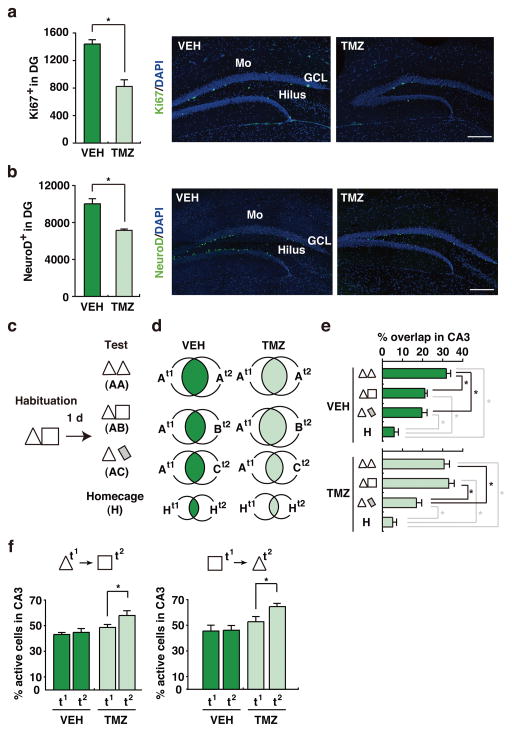Figure 1. Chemical Suppression of adult neurogenesis impairs coding of similar contexts.
(a) Ki67+ and (b) NeuroD+ staining was reduced in TMZ-treated (n = 4) compared to VEH-treated (n = 4) mice, indicating that TMZ treatment reduced proliferation (t6 = 5.36, p < .01) and the number of immature neurons (t6 = 5.09, p < .01) in the DG, respectively. Scale = 200 μm. Mo = molecular layer, GCL = granule cell layer. c. Experimental design. TMZ-treated and VEH-treated mice were habituated to contexts A (triangle) and B (square), and then tested in context A consecutively (AA; VEH, n = 8, TMZ, n = 8), context A then context B (AB; VEH, n = 9, TMZ, n = 10) or context A then context C (AC; VEH, n = 10, TMZ, n = 8) or home cage (H; VEH, n = 4, TMZ, n = 5). d. Venn diagrams indicating populations of CA3 cells activated either by first (t1), second (t2) or both (overlap, shaded) context exposures, as reflected by arc expression (context exposures > home cage, t-tests, ps < .05). e. Percent of CA3 cells activated by both context exposures in VEH- vs. TMZ-treated mice (Treatment × Context interaction, F3,54 = 4.43, p < .01; Tukey post-hoc tests, *p < .05). f. Percent of CA3 cells activated on second (t2) vs. first (t1) context exposure in VEH-treated (n = 7) vs. TMZ-treated (n = 7) mice (t2 > t1 in AB [t9 = 3.11, p < .05] and BA [t6 = 2.41, p = .05] only in TMZ-treated mice). In these graphs, error represents SEM, and significantly different contrasts are marked by * (where p < .05).

